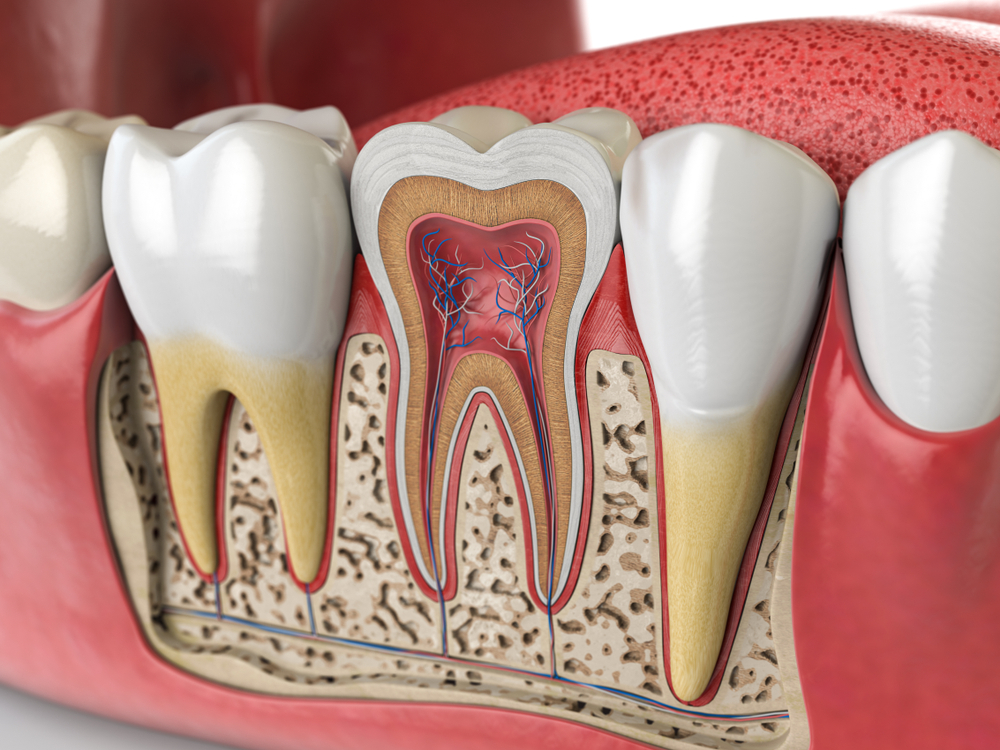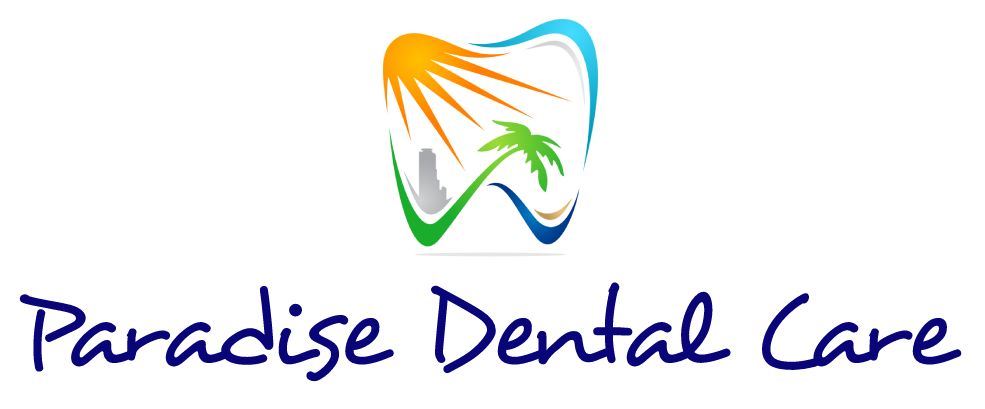Tooth Anatomy: An Overview of Our Teeth
Our teeth serve many different purposes. They help us to chew food. Teeth work with your tongue to help you form sounds to speak. Teeth also create beautiful smiles and give our faces their shape. Teeth vary in shape, size, location, and function.
Teeth start to develop before a baby is born. Between the ages of six months and one year old, a baby’s first teeth began to come through the gums. Most children have their 20 primary “baby” teeth by the age of three.
Beginning at the age of five or six, the first primary teeth will fall out and will be replaced by permanent teeth. Most teenagers have their 28 permanent teeth by about age 14. Four more teeth come in at around age 20. These teeth, the wisdom teeth, are located at the very back of the mouth. Not all people develop four wisdom teeth and it is very common to have them removed.
It’s easy.
Let’s take a closer look at the teeth anatomy.

Crown — the top part of the tooth, and the only part you can normally see. The shape of the crown determines the tooth’s function. For example, front teeth are sharp and chisel-shaped for cutting, while molars have flat surfaces for grinding.
Root — the part of the tooth that is embedded in bone. The root makes up about two-thirds of the tooth and holds the tooth in place.
Enamel — the outermost layer of the tooth. Enamel is the hardest, most mineralized tissue in the body yet it can be damaged by decay if teeth are not cared for properly.
Dentin — the layer of the tooth under the enamel. If decay is able to progress its way through the enamel, it next attacks the dentin where millions of tiny tubes lead directly to the dental pulp.
Pulp — the soft tissue found in the center of all teeth, where the nerve tissue and blood vessels are. If tooth decay reaches the pulp, you usually feel pain.
Tooth Types
Your teeth differ in shape, size, and location. They all serve different functions related to eating. Adults have 28 functional teeth and possibly four wisdom teeth, which in some patients do not have a function.
The four center teeth on the top and bottom of your jaw are called incisors. You use these teeth to bite off pieces of food. Located next to the incisors are your cuspids, “canine teeth.” You have two cuspids on top and two on the bottom. Your cuspids are rather pointed and sharp. Their purpose is to cut food when you bite.
Your first and second premolars or bicuspids are located next to your cuspids. You have four premolars on top and four on the bottom. Premolars are larger and stronger than your incisors and cuspids. Premolars have ridges that crush and grind food when you chew.
Your first and second molars are located in the back of your mouth. You have four on the top and four on the bottom. Your molars are stronger and wider than your premolars. They have more ridges for grinding and chewing food before you swallow.
Wisdom teeth are the third and final set of molars. Some people may not develop a full set of wisdom teeth. Others may not develop any at all. It is very common for wisdom teeth to be removed.


